01.03.2024
As part of the project TransHerit, our team from the Institute for Urban and Regional Research, Austrian Academy of Sciences, along with Manuel Aalbers, member of the advisory board, visited the 15th district of Vienna on the 1st of March 2024. We were looking for potential areas for place studies. The architect Florian Brand (HuB architects) took the team through the Northern part of Rudolfsheim-Fünfhaus, where his office is also located. We started our tour at the Westbahnhof areal walking through the railway station and then turning North to experience and observe an area with the characteristic street grid structure and buildings of the Gründerzeit. We first visited the artist Daniel´s place, whose building was renovated, balconies added and the façade greened with new plants elements. This was made possible during the refurbishment of the street into semi-pedestrian zone, an initiative to which the neighborhood was committed. During our walk, we could observe many rooftop extensions and renovation projects. Especially looking around from the Reithofferpark, one could observe many examples of refurbishments from different periods. We visited Lillith Matthews` porcelain and ceramics atelier, who insisted on the diversity of the neighborhood. We then went to the Paradiesvogel rooftop extension project, planned by the architectural office Atelier baukult. The architects told us the story of the renovation and construction process that resulted in this remarkable building renovation. Along the railways, ÖBB and the city of Vienna have planned a new redevelopment for the area. This plan has triggered an ongoing debate about opening and transforming the area into a park. We met two activists, who explained to us the many potentials, such an intervention could offer for visitors and inhabitants for this densely built district. Finally, we visited a renovated rooftop extension project that received an award for its sustainable energy concept. The developer Ulreich Bauträger brought us to the top of the building to show us the qualities of the building. According to him, there is more to be built in the city but economic and regulations constraint further Gründerzeit transformation. The tour offered many insights not just into the built structures and their functions, but also into the social layers, as we were able to meet and talk to residents, small businessowners, developers and activists, who are active in the area.
Participants:
Sandra Guinand, Viktória Éva Lélek (ÖAW/ISR), Hanna Szemzö (MRI, Budapest), Manuel Aalbers (KU Leuven), Florian Brand (HuB Architects)
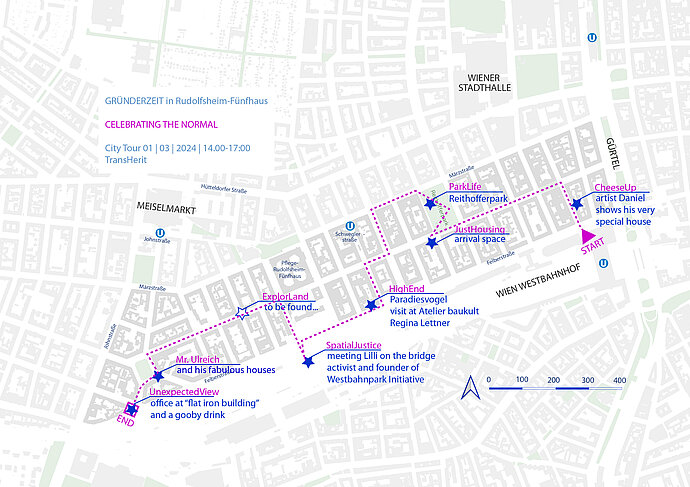
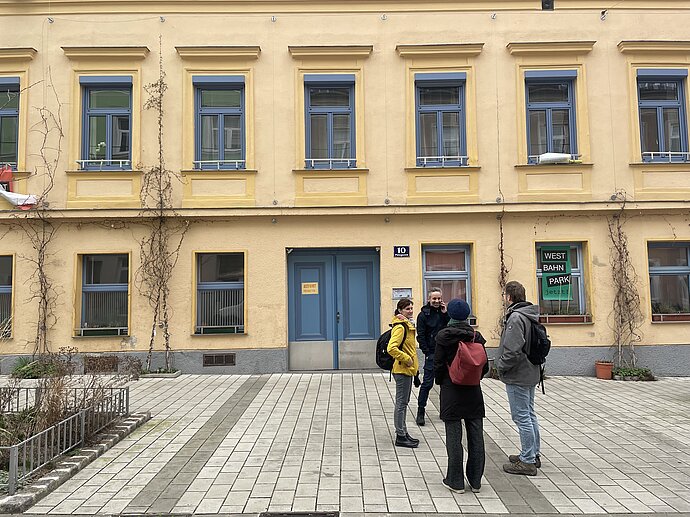
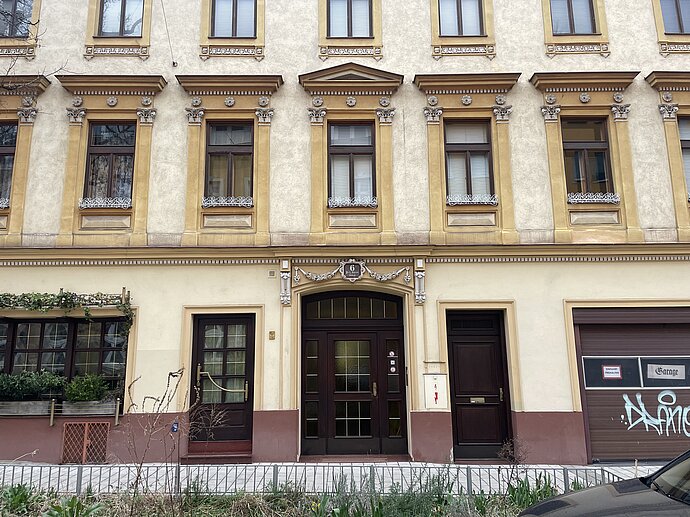
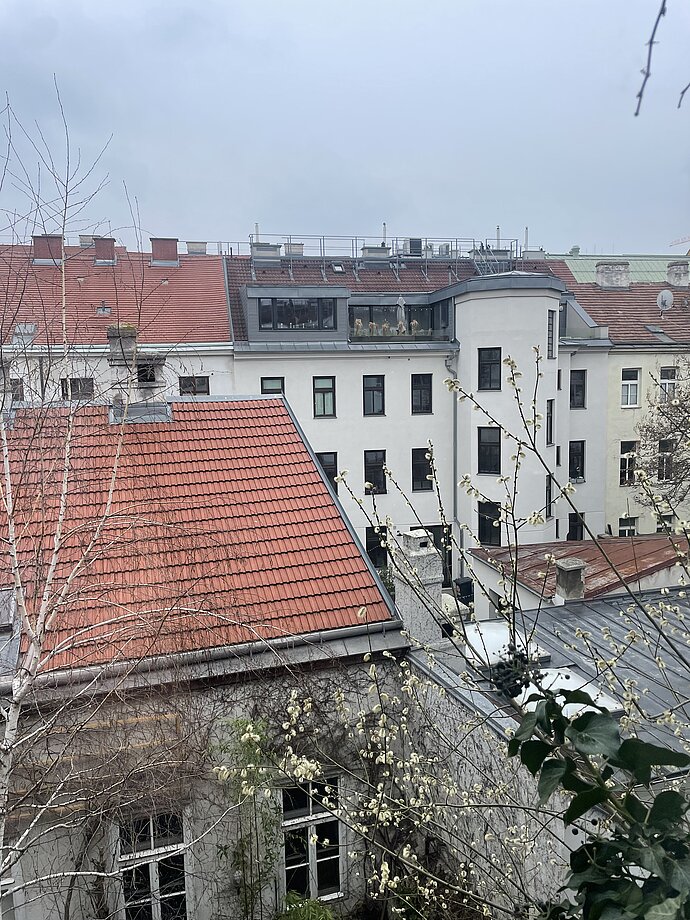
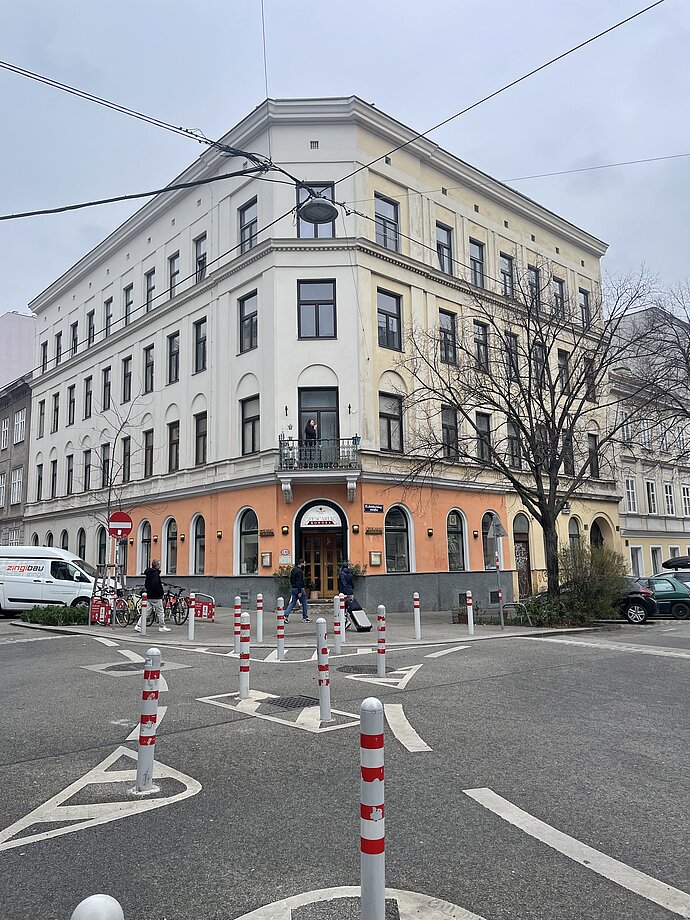
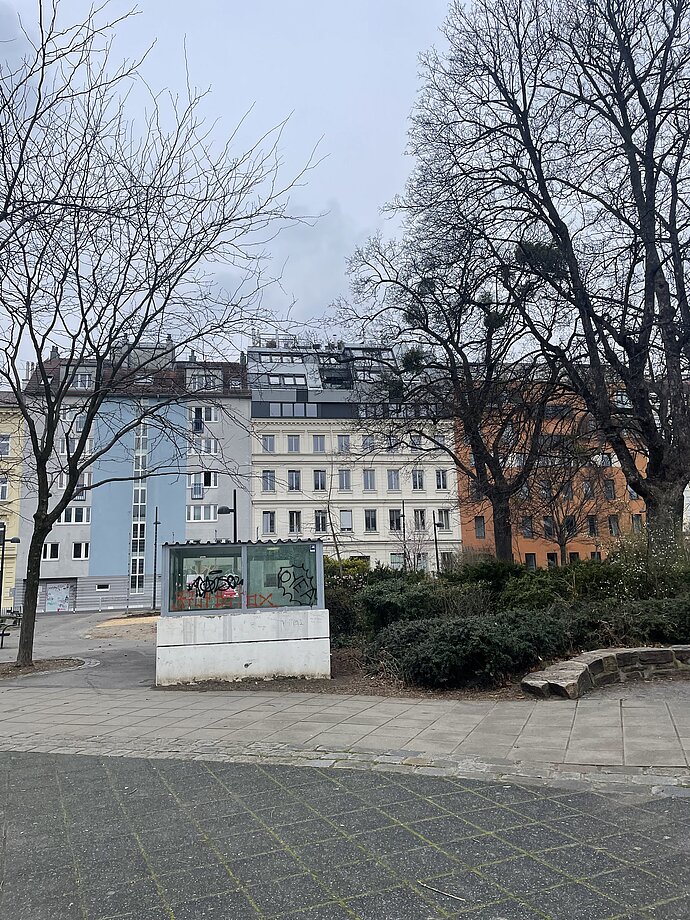
Map © TransHerit | Lélek